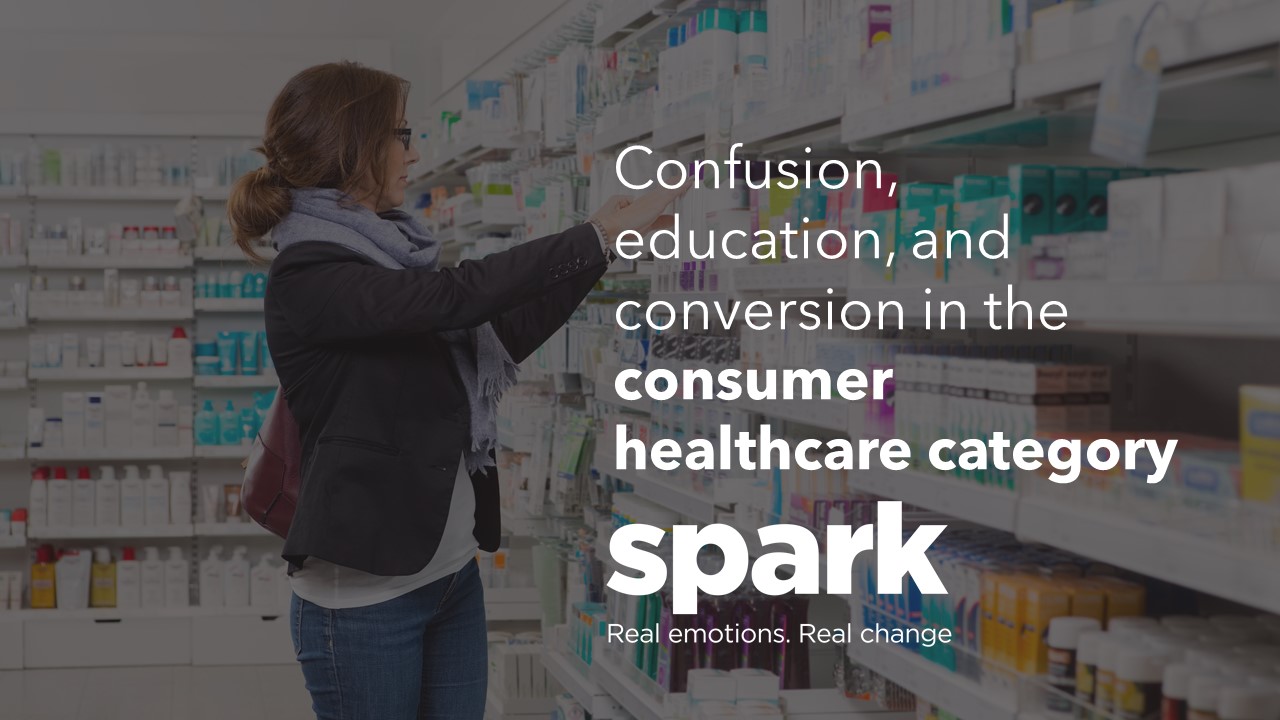As categories go, healthcare can be a minefield to shop. Not only are we hit with the normal decisions to make like, brands, sizes, and price, but we also have to deal with things like side effects, efficacy, and dosage. This all means that we have a barrage of information to deal with, which can lead to confusion, and potentially making the wrong choice.
Now imagine you have a chronic headache.
Or maybe you have diarrhoea.
Or you can barely see because your allergies are really bad this spring and you’re sneezing constantly.
All of this is the reality of shopping for healthcare products.

Spark Emotions have researched the healthcare category extensively, across hundreds of pharmacies and healthcare aisles globally. We’ve spoken to more than 10,000 healthcare shoppers in-store about their decisions and analysed the behaviour of over 5,000 people at shelf.
Our research shows that a surprising number of healthcare shoppers are actually experiencing symptoms whilst shopping in store for the product they need, and therefore less surprisingly, these shoppers will be using the product almost immediately once they have finished shopping.
These shoppers are firmly on a distress mission. This is like shopping when you’re hungry, but you also feel horrendous. This shopper needs help and guidance, but executed in a clear and concise way. They need a quick solution, not a medical textbook.
It is easy to think that the average healthcare shopper will be your classic System 2 shopper, wanting to make the right decision, and reading all the relevant information given to them. But in most cases, this shopper may be making more biased decisions than most other categories.
But if you take a look at your nearest healthcare aisle/pharmacy, and you’ll normally find an area devoid of even the most basic information. There’s often a lack of signage signposting you to the right area of the shelf (sometimes it’ll just say “healthcare”), and it’s even rarer to see a product actually telling you it works.
Shoppers need clear direction to the right area of the shelf that matches the language of their symptoms, in order to get in and out of store so they can clear those symptoms as quickly as possible. Once at the shelf, any distinction within this subcategory only helps navigation (e.g. “non-drowsy”, “cramps”, “headache” as opposed to just “Allergy”, “Digestive Health”, or “Pain”).
Finally, the shopper needs a product that will ultimately treat them as soon as possible. They’re looking for a product that either they know will work, or that they perceive to be efficacious. The product that does the best job of communicating efficacy is the one shoppers are most likely to try. Interestingly, they’re also more likely to spend more on the product (particularly if they are experiencing symptoms in that moment).

It’s been well documented that more expensive pills kill pain more effectively than cheaper one’s, even if they’re placebos (Ariely, 2008)! It’s unsurprising then that shoppers may choose a branded version of a product that already exists as a much cheaper generic version (that is chemically exactly the same). Getting the right balance of price vs efficacy is vital to targeting the shoppers’ value equation.
With all these decisions to make, it would be fair to assume that shoppers might gravitate towards a pharmacist or store assistant to help them make the decision for them. But in reality, most shoppers do not want to have to deal with a social interaction if they are feeling at best sub-par. Therefore we see shoppers are much more likely to take it on themselves to make the decision (if they are able to), even in more traditional markets where a pharmacist is more likely to be present.
This all shows that the healthcare category need to help it’s shoppers make decisions, and not assume they are a knowledgeable consumer who is stocking up on products they’ve bought before. Provide the tools that educate, but don’t overwhelm, to help shoppers find the right product for them.
Sources:
Duke University. “You Get What You Pay For? Costly Placebo Works Better Than Cheap One.” ScienceDaily. ScienceDaily, 5 March 2008.
How can we help
At Spark Emotions, we are a global market research agency and one of our specialities is shopper research. We have conducted numerous consumer healthcare market research projects around the world, getting to the truth of how healthcare shoppers interact and convert in-store. We have proven methodologies that help us get to the real emotions of shoppers and our team of industry experts are able to translate these insights into actions, giving our clients the ability to make changes that will drive growth.
Get in touch to find out how

Written by Will Morgan, Associate Director at Spark Emotions
If you have any questions, feel free to reach out to Will via email will.morgan@sparkemotions.com or connect on LinkedIn







One thought on “Confusion, education, and conversion in the consumer healthcare category”
Comments are closed.